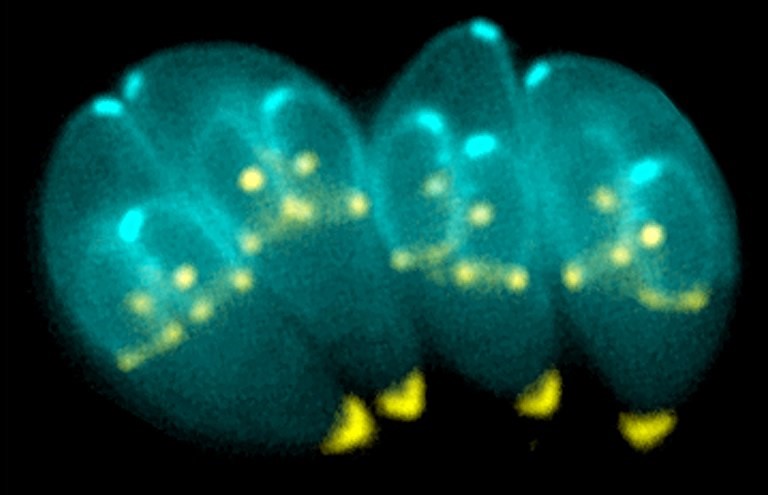Who in the World Can Afford Healthy Food?

A decade-long project measuring access to healthy foods worldwide is wrapping up in August, after shedding new light on the scope and specifics of nutrition insecurity, kickstarting solutions, and shifting the conversation around the affordability of healthy diets.
Since 2020, the United Nations’ Food and Agriculture Organization has used data and methods from the Food Prices for Nutrition project at the Gerald J. and Dorothy R. Friedman School of Nutrition Science and Policy at Tufts University to monitor and report the cost and affordability of a healthy diet in every country of the world. Dozens of researchers and five national governments have also used the new metric to track variation in food access within a country.
“I’m just stunned by the speed of adoption,” said Will Masters, director of the project and professor of food policy and economics at the Friedman School. “For the first time, governments are measuring whether people have access to the biological requisites of an active and healthy life.”
Based on national dietary guidelines from many countries around the world, the team’s Healthy Diet Basket dietary standard was validated as a way to measure diet costs in the most recent of the team’s 27 scientific journal articles. The new study appeared this month in Nature Food.
“The indicator captures an implicit consensus on what countries around the world agree that people need for healthy diets,” said Anna Herforth, N05, co-director of Food Prices for Nutrition and lead author of the paper. “The importance of meeting dietary needs has been recognized for a long time, but measuring whether people can actually do that has been elusive until now.”
Measuring Affordability
The team has found that the minimum cost of a healthy diet, using the cheapest locally available food options in each country, was generally between $3 and $4 per person in 2021, with a global average of $3.68 per person. That same year, the international extreme poverty line was $2.15.

In other words, “many people in the world who are counted as ‘non-poor’ still can’t afford to meet the basic requirements for a healthy diet,” Herforth said.
A healthy diet is more than just having enough calories. Our bodies need a balance of different foods from different food groups—vegetables, fruits, starchy staples, legumes, animal-source foods such as meat, eggs, or dairy—to acquire all the nutrients for an active, healthy life.
Buying a healthy diet of the cheapest, most basic foods is “completely out of reach” for more than 80 percent of people in African countries, and a total of 2.8 billion people worldwide, Masters said. “For many people, even if they put all their resources into buying food, they wouldn’t have enough to meet dietary standards for lifelong health,” he said.
The project’s purpose is to provide a diagnostic metric that distinguishes between prices, incomes, and other factors as potential causes behind malnutrition, and helps identify what the best solutions might be. Their research shows how some people still face unavailability or high prices for even the least expensive option in each food group needed for a healthy diet. In that situation, governments can make a healthy diet more accessible and affordable by investing in innovation to lower the cost of production and distribution of those products.
What the new cost and affordability data has revealed, says Masters, is the extent to which malnutrition is caused by low incomes available for food, after accounting for nonfood expenses. People whose available income is below the total cost of even the least expensive locally available options for a healthy diet need wage increases or social safety nets to help them afford a healthy life. And if low-cost options for a healthy diet could be purchased but people are choosing less nutritious foods, it is likely the result of other factors such as time use and the cost of meal preparation, or aspirations shaped by culture and marketing. These factors need to be identified and addressed directly to improve diet quality.
The project’s core finding, according to Masters, is that “farmers and food traders can deliver the products needed for a healthy diet at roughly similar cost in most of the world. Malnutrition happens because the poorest third of the world can’t afford to buy enough of the vegetables, fruits, dairy, and fish or other animal source foods needed for health, and the rest of us all too often consume other foods instead.”
What’s Next
Impacts of the new data are already being felt in Nigeria, which became the world’s first country to publish official monthly bulletins on healthy diet costs in January 2024. Labour unions used their findings to negotiate a raise in the national minimum wage that July, and others are using the data to push for changes in farm and trade policy. National bulletins have also been published in Ethiopia, Malawi, Pakistan, and in other countries where the new data can help guide change.
In a larger sense, Yan Bai, AG09, F16, N20, co-corresponding author on Food Prices for Nutrition’s most recent paper, said the work is “contributing to a global shift from focusing on calories alone to embracing a much more rigorous understanding of food and nutrition security—one that prioritises economic access, human health, and sustainability.”
Bai, who started working with the Food Prices for Nutrition project while earning his doctorate at Tufts, is now helping to implement the work at a global scale as an economist with the Development Data Group of the World Bank.
“By providing internationally consistent metrics, we aim to inform evidence-based policymaking and hope to help catalyse broader multisectoral actions to make healthy diets more affordable and accessible to all,” Bai said.
Next, the researchers will collaborate with food providers in Africa to provide data and create new metrics to help build the supply chains for healthy, low-cost foods. They are also planning to continue supporting national governments and international organizations in calculating and using the cost and affordability metrics for healthy diets.
“People have talked about affordability for decades. Now we have a practical way to measure it,” Masters said. “The next step is using those data to guide actions, and bring healthy diets within reach for everyone.”
Source: Tufts University





